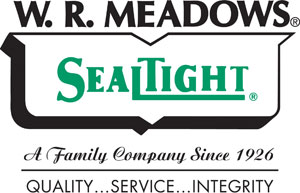3:00 pm - 4:00 pm | Room: Pretium Room | Session Chair: Costa Kapsis
Quantifying the effects of thermal bridges is critical in determining compliance to energy and building codes provided in the National Energy Code of Canada for Buildings (NECB) and the National Building Code of Canada (NBC), especially when revisions are being considered based on the Canadian government’s intent to attain net-zero greenhouse gas emissions by 2050. Commonly, thermal bridges are accounted for in the overall thermal resistance of a building envelope through the use of the thermal transmittance method, wherein the two or three dimensional heat transfer occurring at locations of thermal bridges are normalized into a 1D heat transfer effect. Thermal transmittance values are obtained for individual thermal bridges by modelling a representative building envelope section with and without the thermal bridge in place. The amount of model surrounding the thermal bridge is based on the ‘effective length’ which ensures that all additional heat transfer due to the thermal bridge is captured. Thermal transmittance of an envelope is then calculated assuming superposition of all linear and point transmittance values, which represent the additional heat transfer of thermal bridges normalized per length, or per thermal bridge respectively. Therefore investigations on how thermal transmittance values are affected if two or more thermal bridges are in close thermal proximity (i.e. the effective lengths of each thermal bridge overlaps) has not been extensively studied.
The objective of this paper is to examine the accuracy of assuming superposition when using the thermal transmittance method to determine the overall thermal transmittance of wall assemblies having specific types of wall components. Specifically, in this paper COMSOL Multiphysics® is used to investigate the thermal performance of thermal bridges positioned in close thermal proximity, such that their effective lengths overlap. Two scenarios are examined in respect to the total thermal transmittance: i. An externally insulated wall with external balcony slab offset from an internal floor slab; and; ii. An internally insulated wall with external balcony slab offset from an internal floor slab. Thermal transmittance values are calculated for each (slab and balcony) thermal bridge component individually, and thereafter the sum total of their respective contributions are used to determine the transmittance of the assemblies with two thermal bridges. The calculated values for thermal transmittance are then compared to those obtained from modeling both thermal bridges simultaneously. An examination of these two scenarios shows whether the location of insulation within the wall assembly affects the value of total thermal transmittance.

M.A.Sc, Research Officer NRC (2020-Present)
Alex’s work has been focused on identifying and quantifying the cooling capacity of possible mitigation strategies to combat the effects of Urban Heat Island in Canada, with a recent publication in MDPI Buildings Journal. His day to day work includes investigating the steady state effects of thermal bridges, identifying potential risks associated with simplifications made in thermal performance simulations as well as running simulations to determine the thermal transmittance of unique wall assemblies. Alex has a Master’s degree in mechanical engineering from Carleton University where he conducted an investigation into the service life for vacuum insulation panels using accelerated ageing as well as designing, building and calibrating a guarded hot plate apparatus for analysing the thermal conductance of building materials.
Expertise – Urban heat island, nature based solutions, heat transfer, linear thermal transmittance, vacuum insulation glazing, vacuum insulated panels, Mechanical engineering
Diamond Sponsor

Emerald Sponsor

Emerald Sponsor
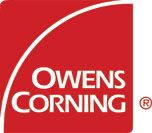
Emerald Sponsor

Emerald Sponsor

Emerald Sponsor

Gold Sponsor

Associate Sponsor

Silver Sponsor

Silver Sponsor
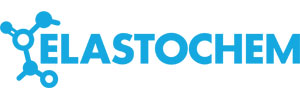
Silver Sponsor
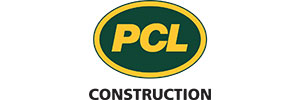
Silver Sponsor

Bronze Sponsor

Bronze Sponsor

Bronze Sponsor

Bronze Sponsor

Bronze Sponsor

Bronze Sponsor

Bronze Sponsor

Bronze Sponsor

Bronze Sponsor

Bronze Sponsor
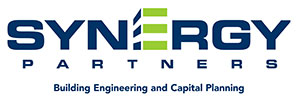
Bronze Sponsor

Bronze Sponsor

Bronze Sponsor
